Generation GA4
As the end of Universal Analytics (UA) inches closer, there are a whole lot of people holding their breath as they wait for the inevitable change over. This doesn’t have to be the case.
I was discussing GA4 and its benefits with an analytics trainer last week, and he said he was jealous of me. My previous life had nothing to do with GA, so unlike the majority of people working in the digital marketing space, I don’t have an unhealthy attachment to Universal Analytics.
All I know is GA4 - like a true Gen Z.
As the end of Universal Analytics (UA) inches closer, there are a whole lot of people holding their breath as they wait for the inevitable. This however doesn’t have to be the case.
The migration to GA4 is a great chance to update analytics assumptions, take maximum advantage of brand new features, and bring your GA in line with modern consumers behaviour online.
The best part of GA4 (in my humble opinion) has to be its new reporting capabilities. If you’re sleeping on the types of reports introduced in GA4, then this is your reminder to get trained up so you can tap in.
Here’s a rundown of the reports available in GA4 and their prerequisites.
Free Form
Universal Analytics had lots of powerful functionality - but often it was hard to get to the precise graph or slice of the data that you wanted, with the same restrictions being true of custom reports. If you really needed to drill down into the data, often a wall appeared which was just part of the interface. GA4’s ‘Free Form’ report is designed to really open up the data and move things forward. Free Form is an exploration technique that lets you explore and visualise your data in a cross-tab and charts. As long as you are armed with the dimensions and metrics that you want, you can slice and segment from multiple angles, nest rows, and compare metrics side by side.
Path Exploration
How do people actually navigate through your site - and what are the pathways which lead to your conversion actions? This report will show you the path taken by users, based on the dimensions (e.g. event, gender) and time span that you provide. A key insight is that Path Exploration helps you understand what site visitors are doing after (or before) they visit a key page or take a particular action, both positive (a purchase) or negative (they leave the site). With this feature you can conduct a path analysis from a starting point OR from an ending point - this latter feature is brand new functionality!
Funnel Exploration
You can analyse a particular funnel - from X to Y to X - and see how people are moving through it, and where you can optimise it. If you know the corresponding event for X page, Y asset and Z action, let’s say, then you can add the respective events as dimensions and see if people are actually following the funnel that you expect or want them to and inevitably make subsequent changes to your site.
Conclusion
GA4 is a foundation for the future - this is the way Google frames it, and given that they will drive the evolution of search, maps and the Chrome browser, we can assume that the analytics foundation they have built will be best placed to see advertisers through the other changes.
Kinase offers a full Analytics service provided by a dedicated in-house team. We are experts in privacy, incrementality testing, global strategy and GA. We are able to provide ongoing support, manage one-off projects, and offer training - get in touch to find out more.
So - with all these new and upgraded reports available, it’s time to get analytical with GA4!
By Maya Saffron Hanoomansingh, Technical Analyst


